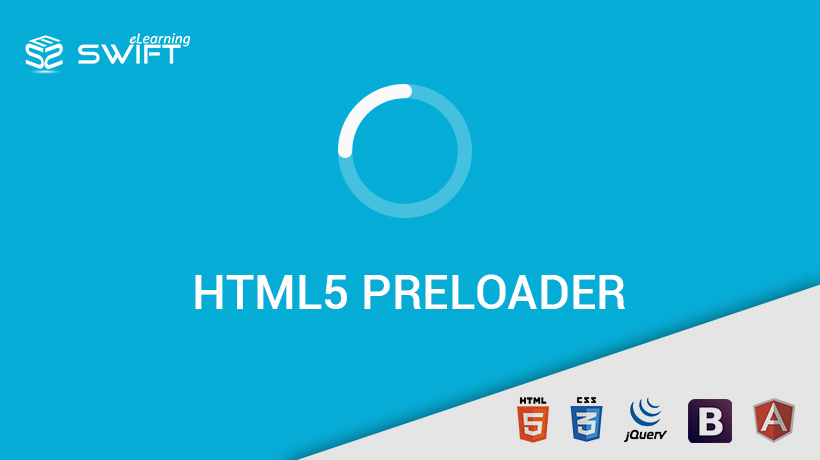How Preloader in HTML5 Creates a Better eLearning Experience?

While developing HTML5 eLearning, the only challenge we were always faced with was the loading screen. We got this feedback from the learners that the elements on the screen load one after another and sometimes audio is not synced properly. We used a custom preloader in HTML5 and overcame this issue. With this preloader in place, a loading screen indicator is displayed until all the course elements are loaded.
In one of our recent projects, we developed a one-page responsive eLearning course similar to the single-page application (SPA) or website in which the content is loaded only when the learner scrolls the page. In our course, the next screen will be loaded clicking the Next button, but technically all screens are designed in one HTML5 page separated with sections.
This way, by the time learner finishes screen 01, the couple of next screens get loaded in the background. This has really improved the course loading time issue.
Here is reference course snippet for your review using the technique described above.
Our Services: Custom eLearning Solutions Development, Elearning Translation Services, Learning Management System


Leave a Reply
Want to join the discussion?Feel free to contribute!